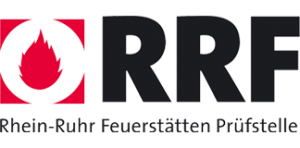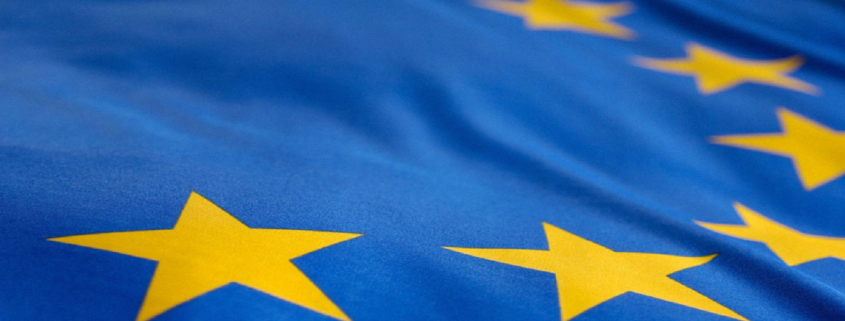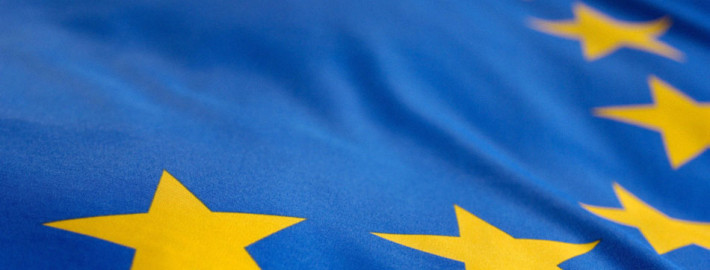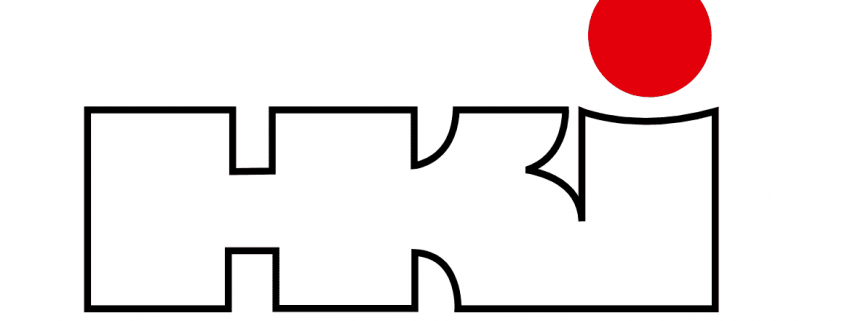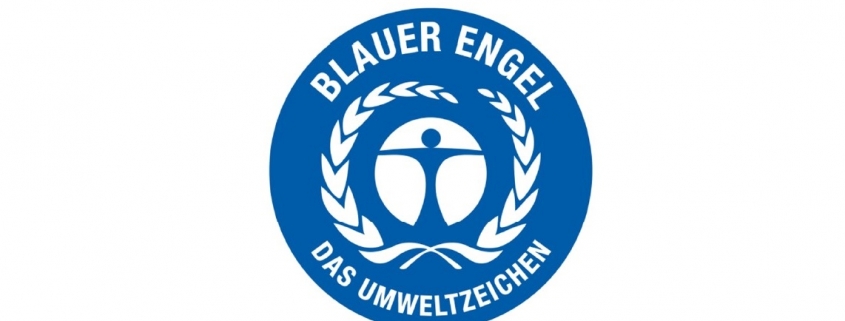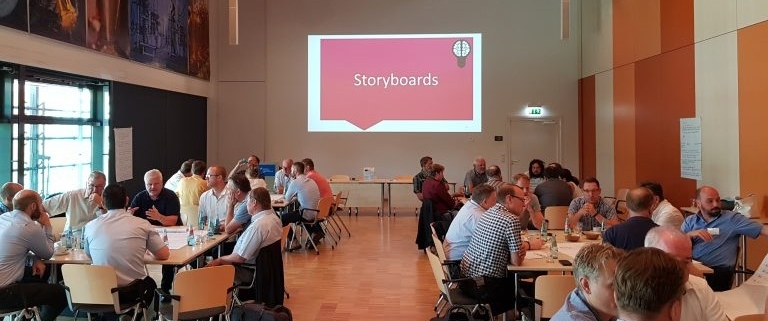Information on type approval, Conto Termico and Certificato Ambientale
Testing according to the test programs for “catalysts and dust separators in firing systems” within the scope of the state building codes for obtaining a National technical approval (abZ)/ General construction technique permit (aBG)
The RRF is one of the few test laboratories in Germany to offer the corresponding tests to verify, for example, usability or operational safety for the test programs listed above.
For this purpose, the filter or separation performance is evaluated on one of our specially configured test benches. Further tests such as soot fire resistance or distances to flammable components can be carried out in our partner laboratory for chimneys and connectors. In this case, the RRF also assumes further coordination as the main test laboratory.
After successful approval or authorization by the DIBt, monitoring of the manufacturing plant and the factory production control by an external monitoring body may be necessary. In this case, too, RRF is your competent partner and can have this work carried out by its experienced assessors. Please do not hesitate to contact us.
Conto Termico (“5 stars”) new requirements in Lombardy (Italy)
From October 15, 2024, new requirements will apply for the construction of new biomass plants in Lombardy.
All newly installed devices must meet at least the requirements to achieve 4 stars. There are additional requirements depending on the altitude of the town.
If the town is below an altitude of 300 m above sea level, particulate emissions must not exceed 15 mg/Nm3 and OGC emissions must not exceed 35 mg/Nm3.
If the city is located above an altitude of 300 m above sea level, the appliance may have a maximum particulate emission of 20 mg/Nm3.
The requirements do not differentiate between log and pellet appliances.
For your information, the following is an overview of the general requirements for achieving 4 or 5 stars in the Conto Termico program:
| Category/Type | PM | OGC | NOx | CO | η |
| in mg/Nm³ | in % | ||||
| Class 5 stars | |||||
| Open fireplaces, closed fireplaces, fireplace inserts for logs, log stoves, wood-burning stoves, storage fireplaces | 25 | 35 | 100 | 650 | 85 |
| Stoves, fireplace inserts and stoves for pellets | 15 | 10 | 100 | 250 | 88 |
| Class 4 stars | |||||
| Open fireplaces, closed fireplaces, fireplace inserts for logs, log stoves, wood-burning stoves | 30 | 70 | 160 | 1250 | 77 |
| Storage fireplaces | 30 | 70 | 160 | 1000 | 77 |
| Stoves, fireplace inserts and stoves for pellets | 20 | 35 | 160 | 250 | 87 |
Despite the greatest possible care, no liability is assumed for the content. All rights reserved, in particular those relating to storage, reproduction, distribution and translation.
Procedure for issuing a Certificato Ambientale(/Conto Termico)
Based on the Italian Decree No. 186, we can issue so-called “environmental certificates” (“Certificato Ambientale”) for you.
As soon as you give us your approval for our offer, we will check whether your fireplace meets the desired requirements for class 1 – 5 stars based on the EN test report.
Checking the requirements of the EN test report is usually quick and uncomplicated for us, so you will receive the result on the same day in the best-case scenario.
Once the certificate has been issued, we will send it to you. You will receive your certificate within a few days.
As required by Article 3 of Decree no. 186, we enter all certificates issued in a list and publish it on our website. We regularly keep this list up to date. The following link will take you to our list of issued certificates: https://rrf-online.eu/service/downloads/
